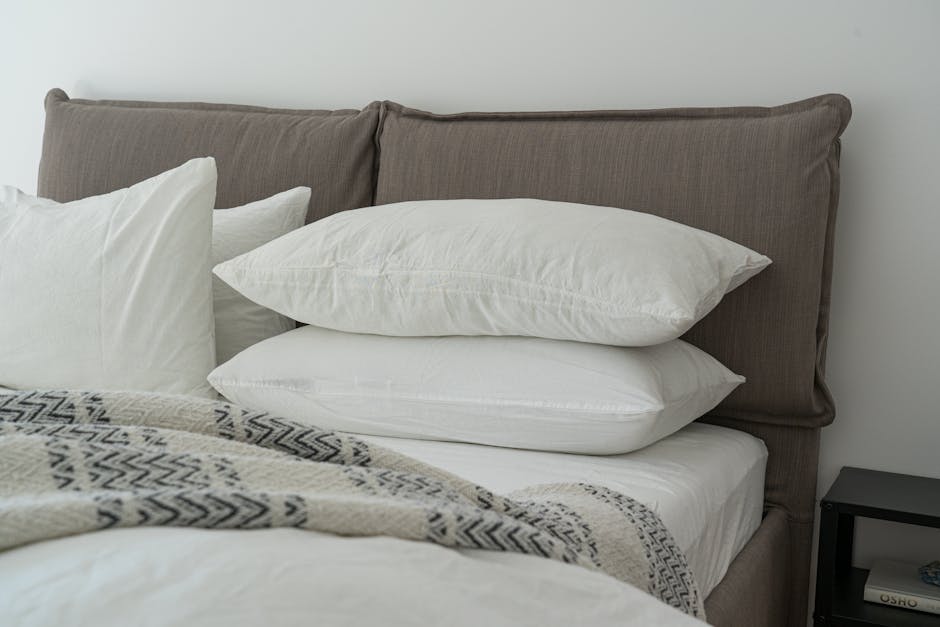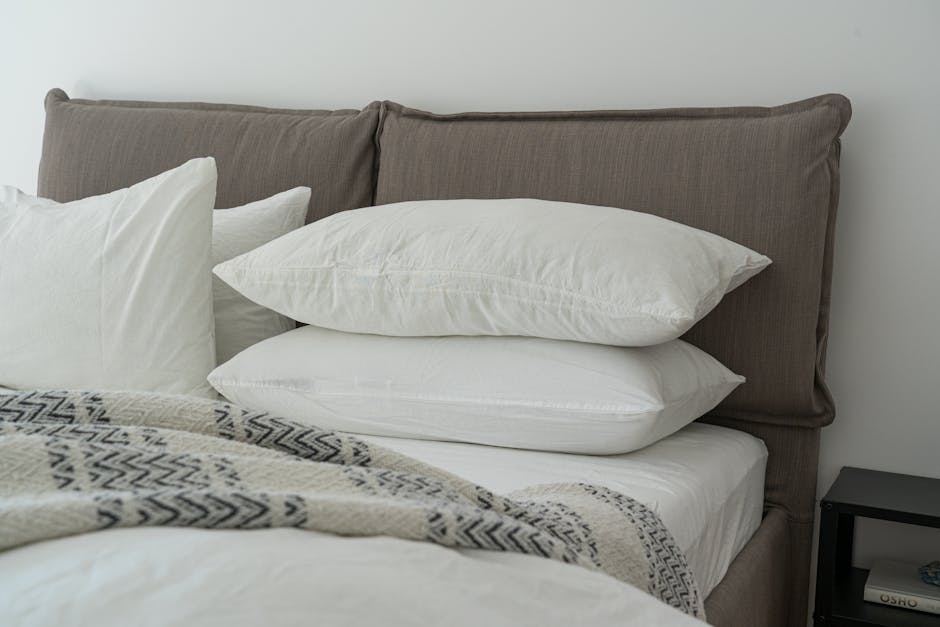
Comparing Hypoallergenic Pillows: Why Material Matters for Allergy Sufferers
Choosing the right pillow can be the unseen hero for a night of sound sleep, especially for those plagued by allergies. This comprehensive guide unravels the mystery behind hypoallergenic pillows, helping you understand why selecting the appropriate material isn’t just a matter of comfort but a necessity for health.
Understanding Hypoallergenic Pillows
The term ‘hypoallergenic’ has become a beacon for sufferers of allergies, promising a night free from sneezes and sniffles. But what truly makes a pillow hypoallergenic? It’s not just about the absence of allergens but how the pillows are designed to prevent allergens like dust mites, pet dander, and mold from finding a hospitable environment within their fibers.
Moreover, hypoallergenic pillows also serve as guardians against the accumulation of skin cells and oil, making them less attractive to dust mites. The choice of materials, alongside the structure of the pillow, plays a crucial role in its hypoallergenic properties.
Types of Hypoallergenic Pillow Materials
When wandering through the aisles of bedding materials, the variety of hypoallergenic pillow materials can be overwhelming. From natural to synthetic, the choices are vast. Let’s delve into a few popular ones.
Memory foam, for instance, is admired for its ability to conform to the shape of your head, reducing pressure points. However, its hypoallergic nature comes from the dense material that prevents allergens from penetrating its surface.
Another favorite is bamboo. Not only is bamboo fabric soft and breathable, but it also possesses natural hypoallergenic qualities, making it resistant to bacteria and allergens. Similarly, latex pillows, derived from the sap of rubber trees, offer resistance to mold and dust mites, alongside providing commendable support and comfort.
How to Choose the Right Hypoallergenic Pillow
Identifying the right hypoallergenic pillow involves a dance between understanding your sleeping habits and recognizing what each material offers. It’s not just about the material but also about the pillow’s ability to support your neck and spine while keeping allergens at bay.
Start by considering your sleep position. Side sleepers might benefit from a firmer pillow to keep their neck aligned, while stomach sleepers might opt for a softer, flatter option. Pay attention to pillow certifications as well, such as CertiPUR-US for foam pillows, indicating they meet certain health and safety standards.
Lastly, don’t forget the importance of maintenance. Choosing a pillow with a removable and washable cover can make a significant difference in maintaining its hypoallergenic benefits.
Care and Maintenance of Hypoallergenic Pillows
Caring for your hypoallergenic pillow extends its life span and maximizes its benefits. Regular laundering of pillowcases and protective covers is a must. Additionally, paying attention to the manufacturer’s guidance on pillow care can prevent damage to its hypoallergenic properties.
For foam pillows, airing them out periodically to release trapped odors and using gentle spot cleaning methods can keep them fresh. Meanwhile, pillows made of natural materials like bamboo or latex may have specific cleaning instructions to preserve their natural hypoallergenic qualities.
Investing in hypoallergenic pillows can transform your sleep experience, especially if allergies have long disrupted your slumber. With the right selection, care, and maintenance, you can enjoy a restful, uninterrupted sleep, enveloped in the comfort and safety of your chosen pillow.
In conclusion, the journey to finding the perfect hypoallergenic pillow may seem daunting, but understanding the essence of materials and their benefits is a step towards ensuring restful nights and allergy-free mornings. Embrace the art of choosing wisely, because a good night’s sleep starts with the right pillow beneath your head.

